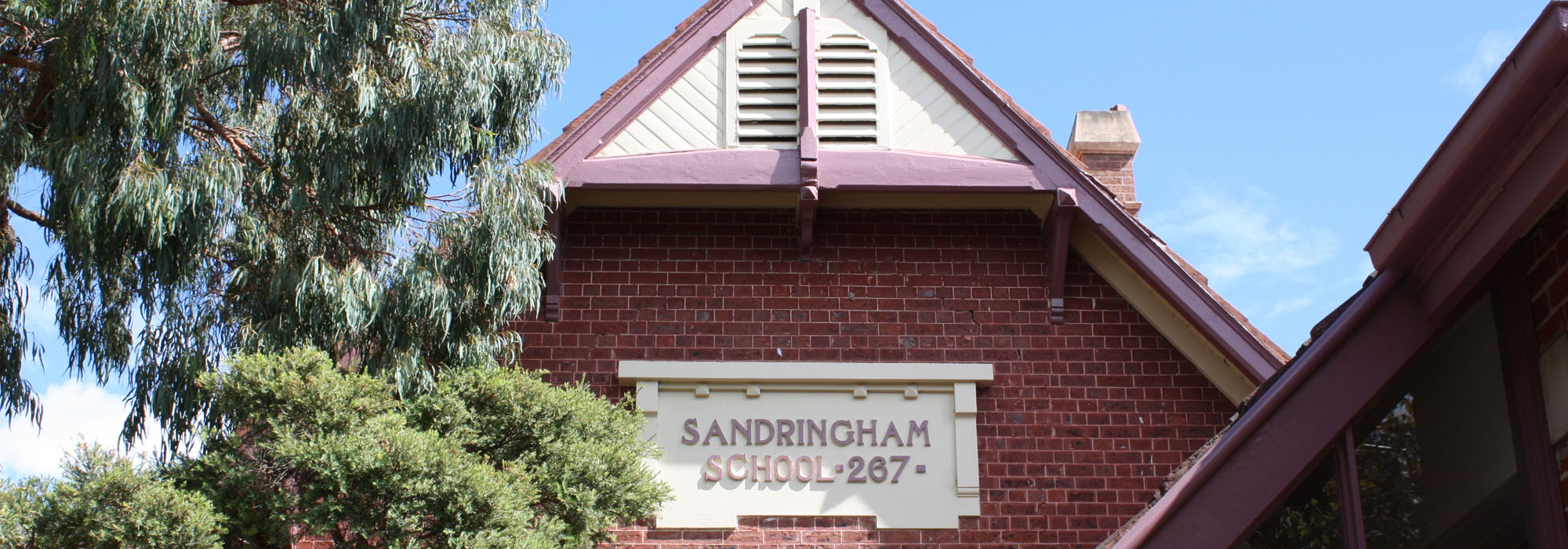
School History
Sandringham Primary School No. 267 has a long and interesting history, dating back to the earliest days of Victoria.
When Josiah Holloway purchased Crown Portion 21, an area of 80 acres, in 1852, he set about subdividing the land into 280 blocks to form his town of Gypsy Village. Families soon settled in the town, and when the need for a school arose, residents applied to the Denominational Board for £100 to build one on lot 72 in Francis Street.

On 6th August, 1855, a Church of England School was opened, under the control of the Board, with an enrolment of 11 boys and 9 girls. The adjoining block, Lot 71,was later purchased for £60, and by 1858 enrolment had grown to 36 pupils. The School was given its number in 1863, when it was officially known as “Non-Vested Church of England Common School, No. 267, Gypsy Village”. The School was administered at this time under the Common Schools Act of 1862 and then until 1872, by the Board of Education.
When the Education Department was established in 1875 it was conducted as Gypsy Village State School, in the same building, which was leased. In 1885 the Department purchased the whole block bounded by Francis, Henry and Bamfield Streets and erected a brick schoolhouse, part of which exists in the building today. In 1911 the school exchanged flags with the English Sandringham school, and the local school has an interesting photograph of the Prince of Wales hoisting the Australian flag at the English school. In 1934, under the guidance of the headmaster Mr. H. M. Christophers, eighteen trees were planted in the school grounds to commemorate teachers, parents and local citizens involved in the school community.
Attendance at the school grew to a peak of 800 as a result of the “baby boom” after the Second World War, but is currently just over 500 students. There have been many additions and improvements to the buildings over the years, including a major refurbishment in the 1980s, which extended Art and Library facilities. Despite these additions the school retains an almost rural charm, and a strong sense of identity and pride is evident amongst staff, students and parents. Sandringham residents are justifiably proud of this great community asset.
In May 1996, parents and helpers built a Community Playground over five days. The result is a magnificent playground that is extensively used by the whole school community. During late 1996, an adjoining property to the school (31 Bamfield Street) was purchased by the Department of Education to provide additional playing space for the children.
GRAEME DISNEY, Councillor, Bayside City Council
Past President, Sandringham & District Historical Society
For more historical information see:
Once Upon a School (available at the Office)

